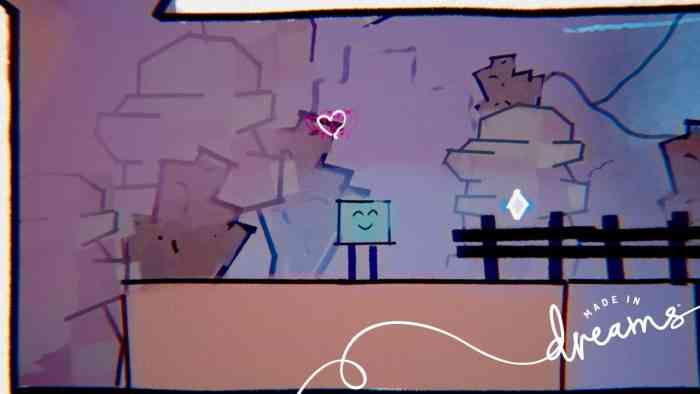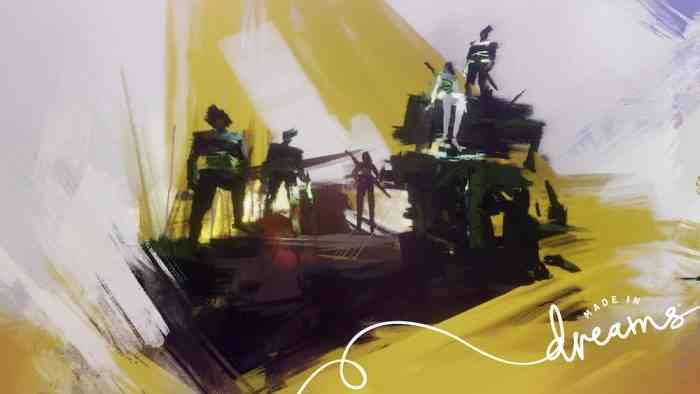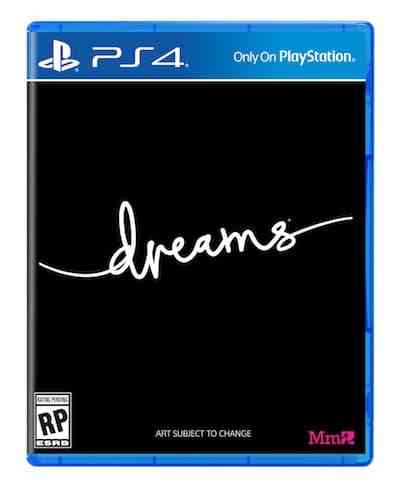Dreams Is The Creation Tool We Need
When I came away from my appointment with Media Molecule’s Dreams, I had trouble focusing. It doesn’t happen too often, but I had to shut my computer and sit silently for a while pondering the sheer scope of what I’d experienced and created.
The TL;DR is this. In 20 minutes of creation, I built a precarious set of moving platforms suspended over water with custom music, custom character animations, and a variety of situational behaviour triggers. In about 30 minutes of play, I tried out a horror game, a 3D space shooter, 2D and 3D platformers, a puzzle game, and watched several devastatingly charming animated shorts.
No one is talking about it yet, but Dreams is one of the most complete and intuitive suite of creative tools ever assembled.

You’re probably squinting and tilting your head at this point. You might be thinking I’m one of those people that was weirdly attached to the Little Big Planet series, but that’s not the case. Super ambitious as they were, the floaty controls and clunky interfaces really hampered my tolerance of them.
Dreams is different. Control is direct. Precise. Jumping around feels great, simple as that. That alone might be enough for Dreams to be a revolution, but the creative design tools have gone completely bonkers.
To start with, accessing the tools and getting rolling is immediate. At any point, in any level, a single button press takes you to edit mode. Access to all the tools, anytime. Everything is controlled using the standard Dual Shock 4, which sounds cumbersome but is marvelously intuitive. The cursor is controlled by the gyro, while pressing various buttons allows you to pick up, resize, duplicate, and extend elements in seconds. There’s no snapping mechanism (that I saw), so you can place elements and objects completely unshackled from restrictions. Within a few minutes, the basic tools were second nature.
The dev guiding me through the game was an animator, so let’s use that as an example of robustness. Recording animation can be done as a performance, where your controller actions are captured directly, but you can also use a keyframing system to get everything looking just how you like. I made an impossibly cute dragon wave and bod his head around, before setting up a simple automation that triggers the loop when characters are in range.

Where those tools were bloody intimidating in LBP, they’re approachable for anyone with a creative bone in their body here.
I could soldier on and detail the other tools at hand, but having only touched them briefly I’m not in a position to properly detail them. What I can say is that the diversity of experiences you can create in Dreams is limited only by your imagination. The aesthetic and mechanics of Little Big Planet always held those creations to a specific set of experiences. That’s gone here.
Could you create A flight sim? Heck yes. A point and click adventure? You bet. An over the shoulder cover shooter? I have little doubt. Dreams is poised to be the game you never need to put down. I had zero expectations going in, but a massive amount of ambition and inspiration coming out. Dreams is the real deal, and should be on the radar of any would be creator out there.

